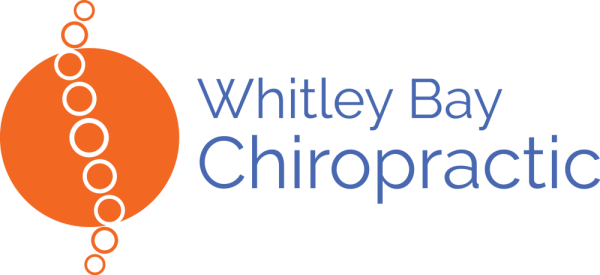Plantar Fasciitis Treatment
Seminar on Plantar Fasciopathy May 14th at 6:30 in Newcastle upon Tyne! (Rotterdam date to be set soon.)
This post is intended for health care providers. I have also written: Patient Guide to Plantar Fasciitis: Myofascial Release, Stretches and Exercises.
Plantar fasciopathy (PF) is the most common cause of plantar heel pain
Recent research treatments :
- The 2014 American Physical Therapy Association Guidelines for Plantar Fasciitis – Found strong evidence that manual therapy, exercises, taping, and night splints.
- Studies in 2014 and 2007 found myofascial release of the calf and plantar fascia more effective than just conventional therapy.
- A 2014 study compared deep calf massage plus stretching and neural mobilization to ultrasound therapy plus stretching. Massage / neural mobilization yielded much better results.
- A 2011 study found trigger point therapy plus self-stretching resulted in superior short-term outcomes as compared to a self-stretching program alone.
- A 2015 study found that ankle dorsiflexion were increased by joint mobilization and manipulation.
Does prolonged standing cause PF?
Maybe! A 2015 review of the literature of the topic found, “low-quality evidence of an association between PF and weight-bearing tasks such as walking and standing on hard surfaces”.
Research on exercises and stretches:
- A 2014 study compared high load calf raise (video) (with Windlass mechanism -extended MTP joints) exercises to plantar specific stretching. The high load group had better results, check out the study for pictures.
- A 2014 study found eccentric training for Achilles tendon insertion pain no better than conventional therapy.
- A 2014 study found a windlass stretch slightly more effective than myofascial release.
- Exercise should focus on the gastrocnemius in isolation and in combination with the soleus. A 2011 study found that the gastrocnemius is tight in 57% of PF cases, the gastroc /soleus in 26%, and 17% had normal ROM. Take away message, don’t forget the gastroc!
- A non-weight bearing plantar fascia stretching program may be more effective than standing calf stretches. An at-home frequent seated stretch is worth trying for PF sufferers.
- A 2014 study found PNF stretching better than a control for increasing gastrocnemius flexibility. A recent study found foam rolling before static stretching to be better at increasing ROM, than foam rolling or stretching alone at the hip. Give it a try at the ankle.
- Where the flexor digitorum brevis attaches to the calcaneus is the most common site for heel spurs, not where the plantar fascia attaches.
- Strengthening the flexor digitorum brevis (FDB) and / or the flexor hallucis brevis may take some pressure off of the plantar fascia. The paper grip test (fig 4) is a good way to see if the FDB is weak.
Putting it all together:
A combination of the above is required to help a majority of PF cases. The order I usually use is myofascial release and foot joint mobilizations, and at home Windlass stretches combined with foam rolling the calves followed by static stretching. Fairly quickly, I begin having the patient do high load isometric exercises progressing to eccentrics.
(Don’t believe those who say manual therapy doesn’t work and technique doesn’t matter. They are sure to be selling their own seminars on how to empathize with patients while not doing soft tissue work.)
Exercise progression:
- foam roll calves
- PNF stretching of the gastroc and soleus
- non-weight bearing static stretching
- high load isometric calf exercises
- calf lowering eccentrics
- calf raises
- flexor digitorum and flexor hallucis tests /exercises
- Foot tripod exercises are great to add when the patient is ready.
Manual Therapy UK – My new page! ,….Sign up for ART seminars I will help instruct Lower Extremity Tottenham FC 28th May and Upper Extremity Leicester Tigers RC 13th Aug.
